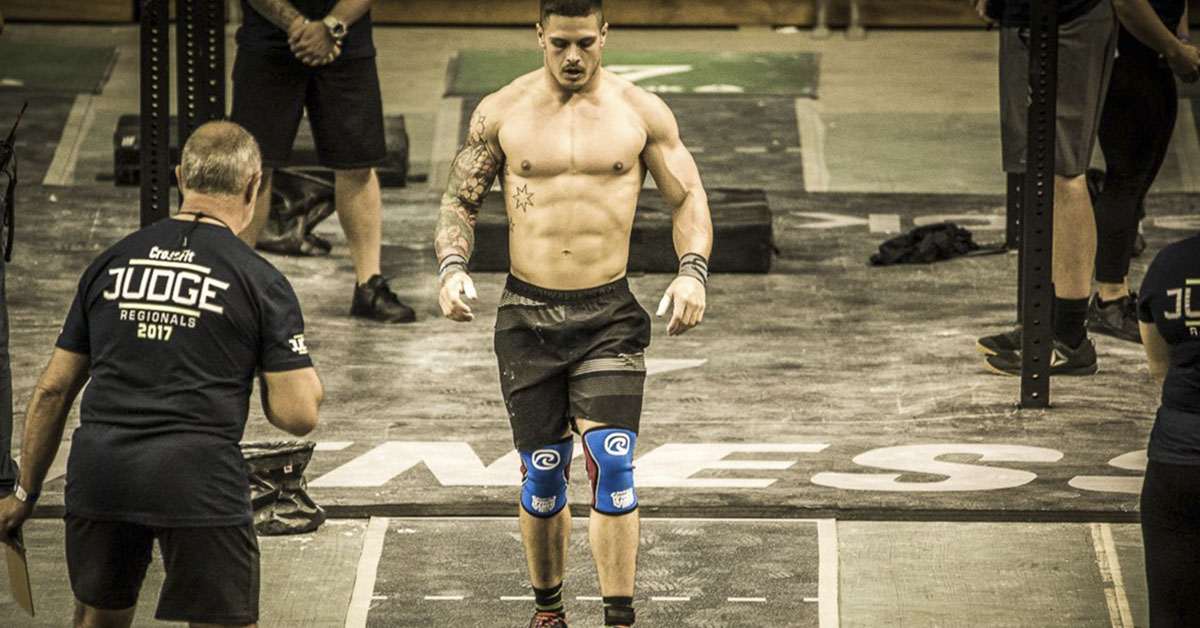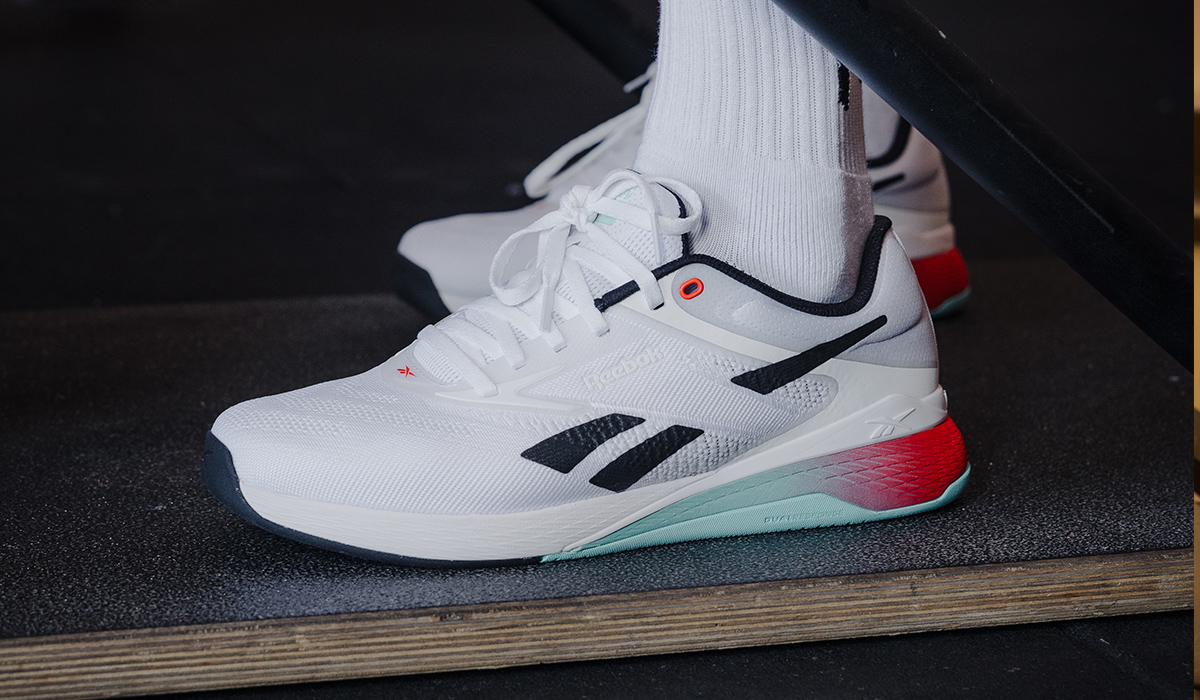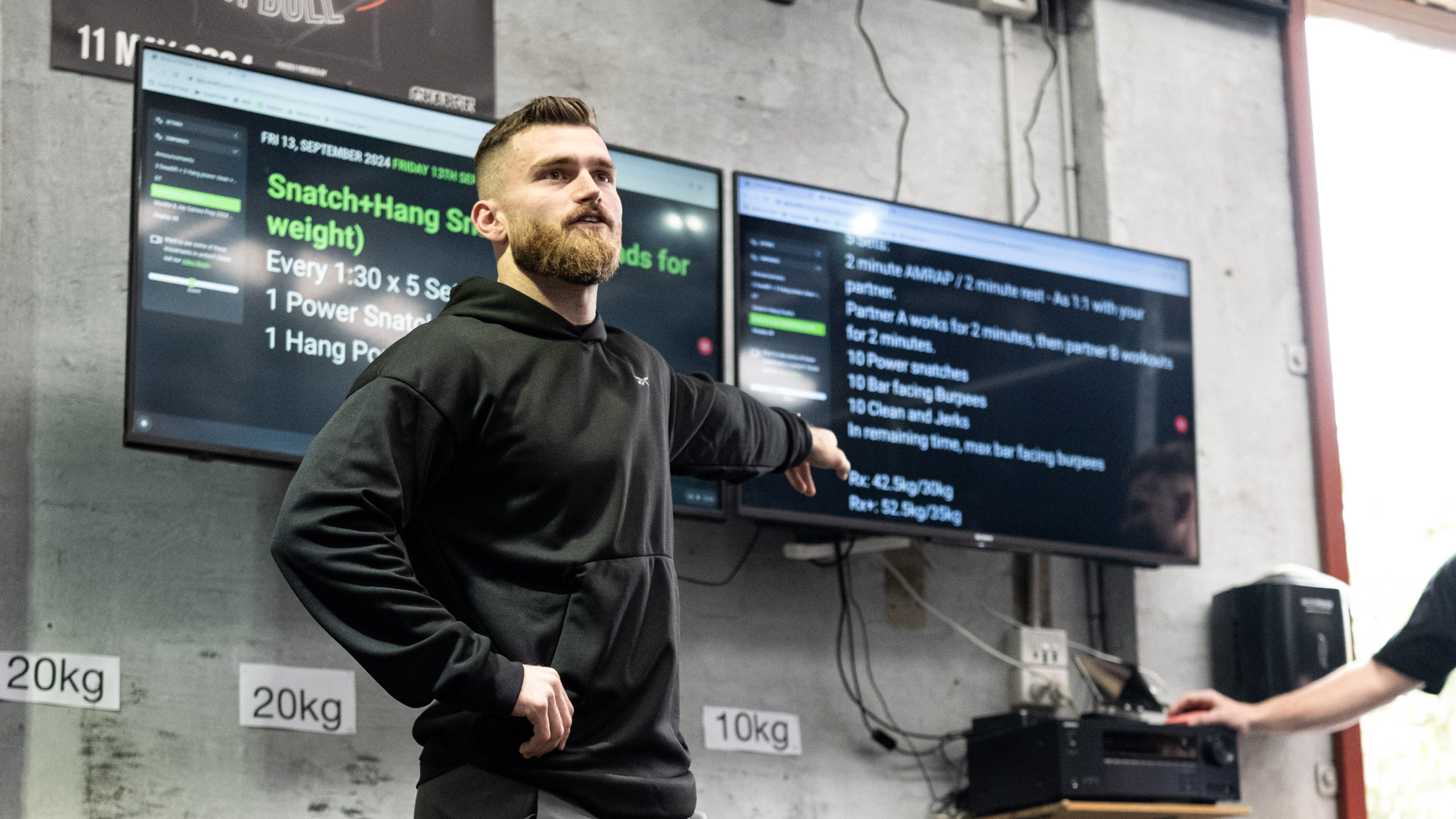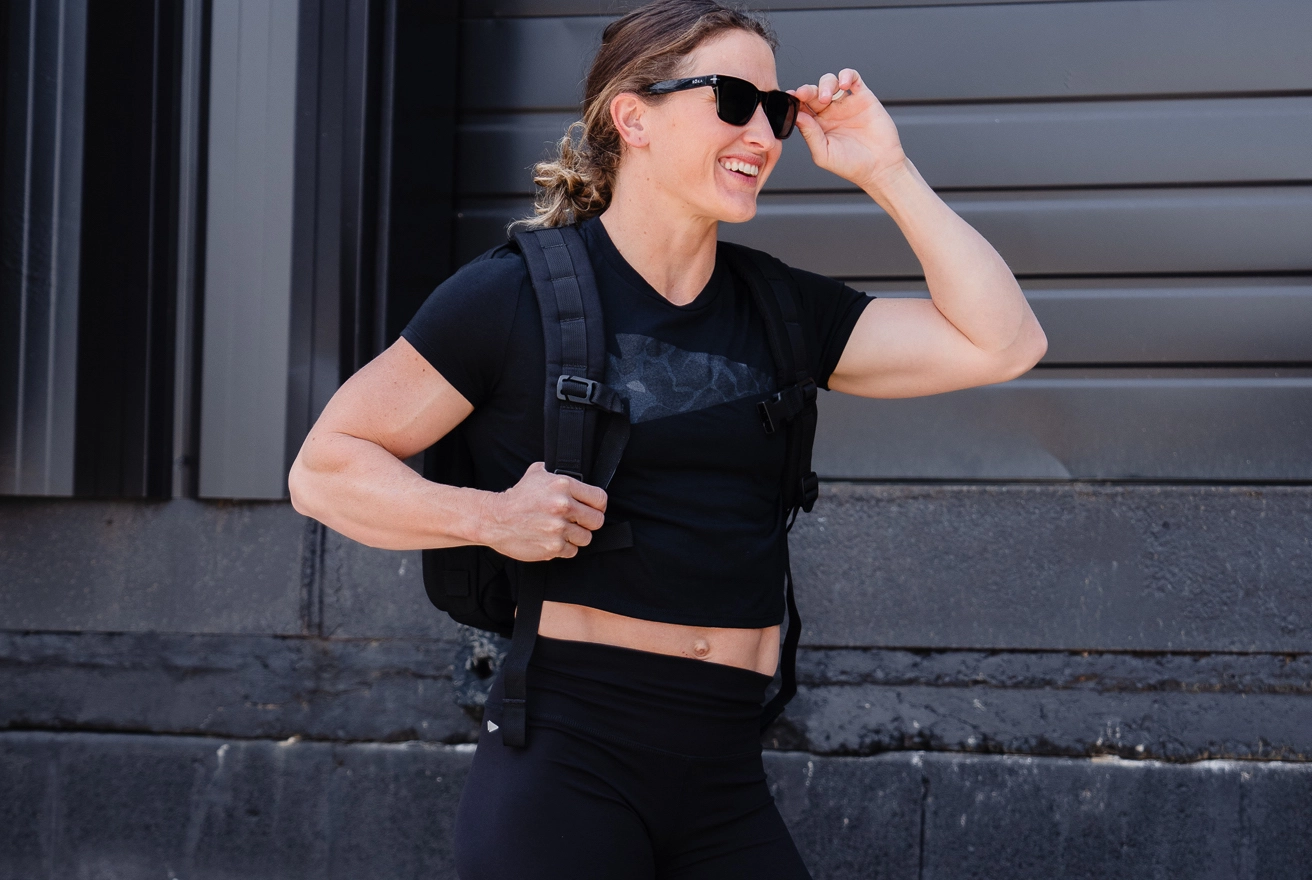Year after year, the one thing the Open is guaranteed to leave you with is more than a few lessons. Whether it’s an area that needs refining, a skill that needs developing or learning Katrin Davidsdottir is really, really fast at thrusters and double-unders, you always walk away with a few new insights for the upcoming year. Here are the top five lessons learned from the last year to help make this your best Open finish to date!
1. Pace Everything
Everything, I repeat, everything is done at a pace. The issue is that when people hear the word “pace,” they automatically picture someone taking a Sunday stroll on a bike listening to the birds chirping overhead. That isn’t the case. Pacing just means working at a percentage of your max that allows for maximal power output for the given timeframe or work requirement. The only things that truly aren’t done at a pace are something like a 15-second Airdyne sprint or 100m sprint. So, if everything else in CrossFit is done at some percentage of your max, shouldn’t you recognize what the optimal pace is and try to hit that target?
Maybe it’s because the adrenaline is pumping or because of the short timeframe of most of the workouts; but during the Open, most people hear the beep and mistakenly shoot out of the gate like a racehorse. Let’s use last year’s Open workout 17.5 as an example. If you did your first round in 45 seconds and your last round in two minutes and 45 seconds, you did not pace correctly and potentially robbed yourself of your best score. Maybe backing off your pace at the start would allow for a more consistent round-over-round time and a stronger finish.
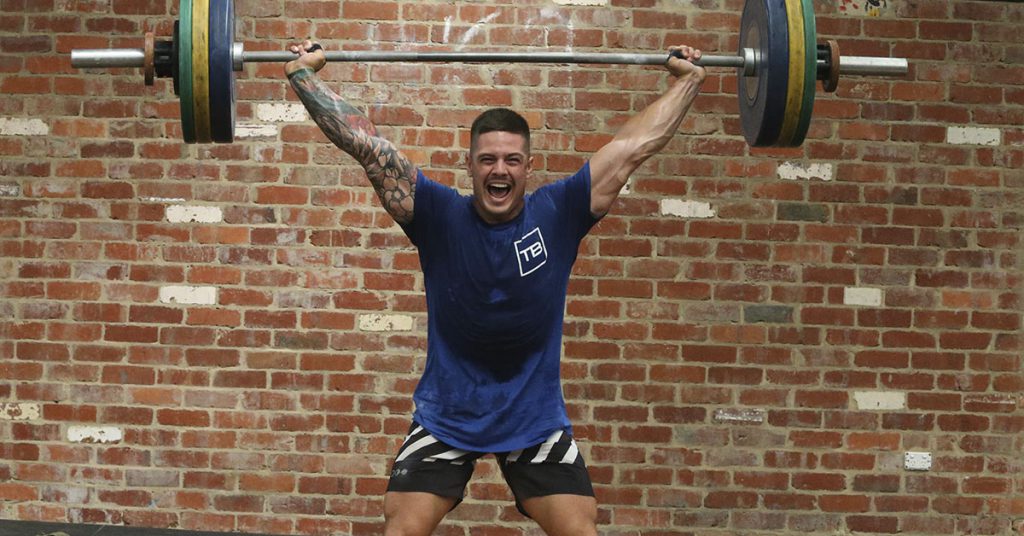
Again, pacing doesn’t mean you won’t finish the workout and sizzle on the ground like a piece of bacon — in fact, if you pace correctly, this is exactly what should happen. It just means you shouldn’t hit that point within the first 30 seconds of a workout.
2. Keep it Moving
The Open rewards work capacity and the ability to keep moving above anything else. The way the timeframes are constructed and with how razor thin the margins are at the top of the leaderboard, there really is no time for long breaks mid-workout.
Next, listen how I explain that the sky is blue.
I get it — this is pretty common sense to most, but even the most grizzled vets sometimes forget how valuable every rep is even if it means swallowing their pride a bit. Step down from the box, step up from burpees. I don’t care what you have to do — just don’t stop moving. Small sets and quick rest is the key to success for a lot of athletes.
3. Efficiency is King
CrossFit rewards good movers – from the Open all the way to Games-level athletes. If you want to take a trip down memory lane and have a good laugh while you’re at it, watch some highlights from past CF Games. Athletes used to struggle with things like overhead squats and ring muscle-ups. You never see that anymore.
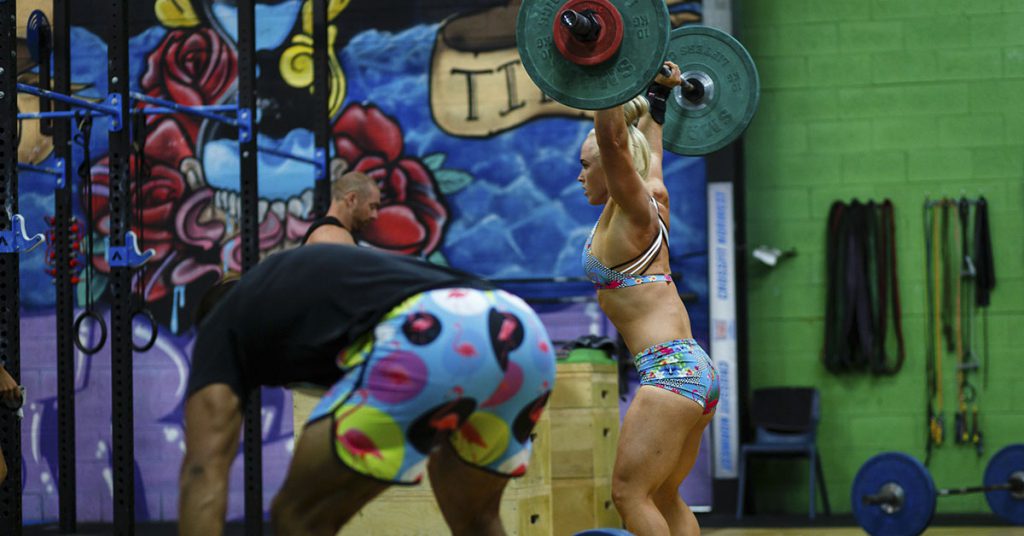
The reason why is athletes realized they could never maximize their potential — whether that is placing higher at the Games or adding more weight to their snatch — by moving inefficiently. The same is true with the Open. Inefficiencies bleed power from the system. They waste time while fatiguing you more in the process. And with the way Open workouts are usually structured, you don’t have time for either. Whether it’s chicken winging on a bar muscle-up or not being able to drop into a snatch smoothly, creating dedicated skill work time to practice and refine movements will set you up on the path for success in this Open and beyond.
4. To Repeat or Not to Repeat?
I’ve flip-flopped a bunch on this idea over the past few years, and my definitive answer is… it depends. It really depends on the athlete, what their goals are and the workout in question. It’s important to not lose sight of the big picture. If you’re doing the Open to be a part of the community and add a twist to your daily training, then what are you really gaining by repeating the workout? Is repeating the workout bolstering your overall fitness level or simply providing a little ego boost? Probably not worth it.
On the other hand, with the way certain workouts have been structured in recent years (think last year’s 17.3), sometimes one or two extra reps can be the key to extend the time cap by a few extra minutes. If your placement in the Open is a priority of yours, repeating the workout and getting those few extra reps can really skyrocket you up the rankings. Again, it depends.
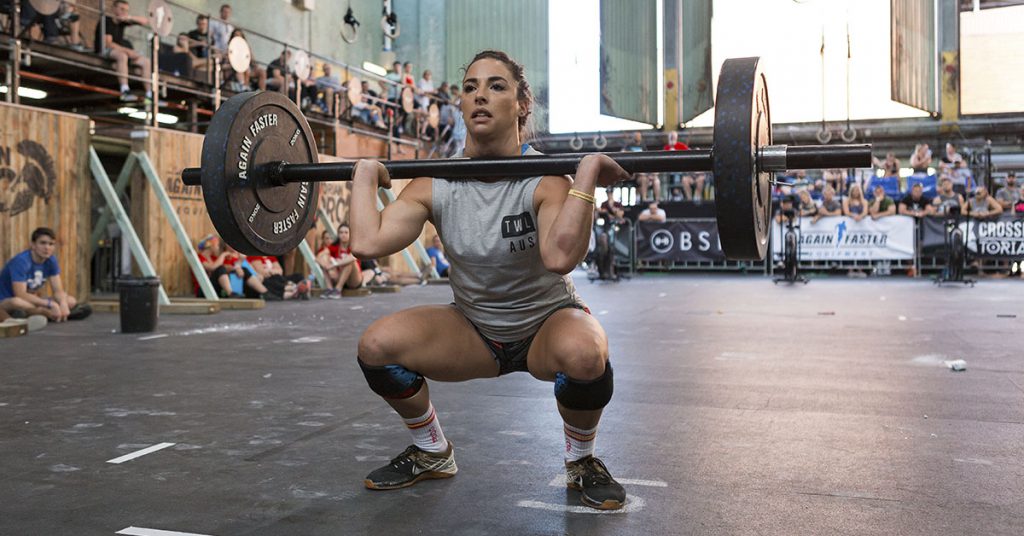
Then you have the elites. Unless you’re all but guaranteed a spot at the Games or, at the very least, in it to compete for that spot, repeats are borderline mandatory. “But there are no redo’s at Regionals,” you hear the highbrow CrossFitter say. Great, it’s a good thing the Open isn’t Regionals then, I guess. The margins are so thin, and only getting thinner, that if you can manage to squeak out a few extra reps or shave a couple seconds off your time, that may be the difference between a birth at Regionals or sitting in the stands. Is the heartache of training all year, only to miss Regionals by a few spots, worth it just to say, “Well, at least I didn’t repeat any workouts” – especially when the format encourages you to repeat? That would be like an MLB pitcher only throwing fastballs because he thinks change-ups are a form of lying. Take the test you’re given, and if you make it to Regionals, then you can have your one-and-dones.
5. Don’t Bias Your Programming
It may be too late for this Open, so consider this next topic future proofing. The nature of CrossFit is that it is unknown and unknowable — especially the Open. Of course with everything, there are some standards year after year. Yes, you’re going to have to do thrusters — probably a lot of them. Yes, Castro will inevitably mess up explaining something during the live announcement. But for the most part, you can’t put too much stock in what was programmed the year before. Every year is so different. The timeframes change, the movements get flopped around, dumbbells get thrown into the mix.
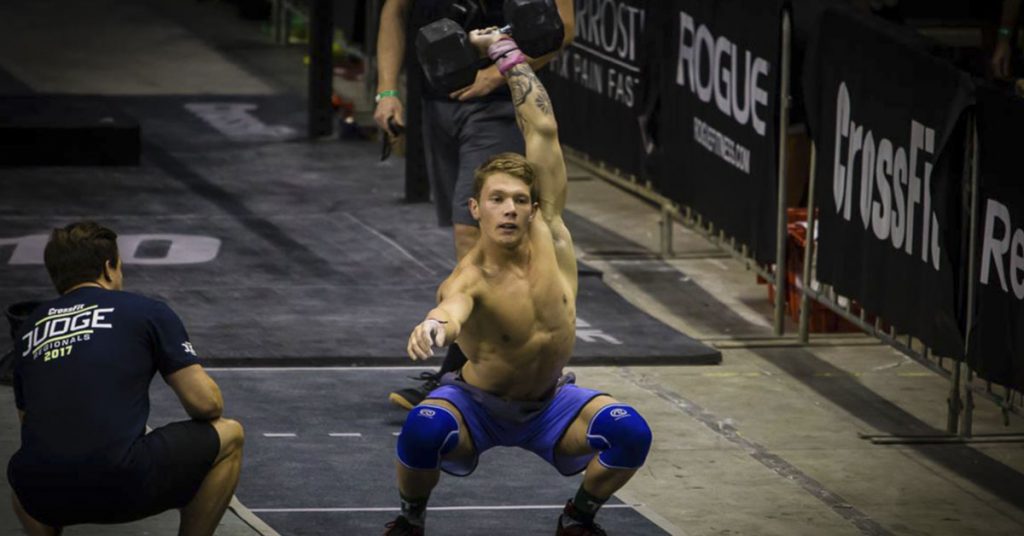
The bottom line is putting too much stock, and basing too much of your programming, on last year’s Open is setting you up for failure this year. A perfect example is bar muscle-ups. You may have been throwing them into your training each week since getting dismantled in 17.2, which is great, until you realize that this year, it’s ring muscle-ups. The key is to remember something every L1 trainer has drilled into their heads: constantly varied. Don’t fall victim to trends or metrics. Perform constantly varied, functional movements at a high intensity and you’ll set yourself up for success in this and future Opens.

